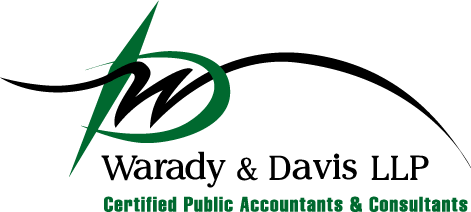The U.S. Small Business Administration (SBA) issued new Paycheck Protection Program (PPP) rules that allow self-employed individuals who file Form 1040, Schedule C, Profit or Loss From Business, to calculate their maximum loan amount using gross income instead of net profit.
What’s changed
The new calculation is important for millions of sole proprietors and self-employed and gig workers in the U.S., as it will lead to larger forgivable loans through the program.
Previously, the SBA used net profit as a stand-in for payroll costs for businesses without employees, even though payroll and profit are different measures. In addition, the net income line on IRS Form 1040 Schedule C includes deductions, which reduced or eliminated the amount for some, leading to small loans or making them ineligible for the program. Using gross income — generally a larger number — addresses these issues.
If a Schedule C filer has employees, the borrower may elect to calculate the owner compensation share of its payroll costs based on either net profit or gross income minus expenses reported on lines 14 (employee benefit programs), 19 (pension and profit-sharing plans), and 26 (wages (less employment credits)) of Schedule C. If a Schedule C filer has no employees, the borrower may simply choose to calculate its loan amount based on either net profit or gross income.
The IFR provides different sets of maximum loan calculation instructions for Schedule C filers with no employees (see pages 10–11 of the PDF) and with employees (see pages 11–13).
The SBA also released two new application forms for sole proprietors with the new calculation: Form 2483-C, for those applying for a first draw PPP loan, and Form 2483-SD-C, for those applying for a second draw loan.
The new PPP application for self-employed workers and sole proprietors who file IRS Form 1040 Schedule C now asks for the total amount of gross income, found on line 7 of the tax form. Previously, Schedule C filers applying for PPP loans were asked to give the SBA their net profit, from line 31 on the form.
IMPORTANT NOTE: The new calculation, however, does not increase the maximum loan amount for the smallest businesses — the most they can receive is still $20,833, according to the SBA. In addition, the change is not retroactive. The SBA and Treasury have ruled that borrowers whose PPP loans already have been approved cannot increase their loan amount based on the new methodology.
To mitigate the risk of fraud, the SBA will review a sample of first-draw PPP loans made to Schedule C filers using the gross income calculation if the gross income on the Schedule C used to calculated the borrower’s loan amount exceeds the $150,000 threshold. The review will assess whether these borrowers complied with the PPP eligibility criteria, including the good faith loan necessity certification.
Expanded Eligibility
Also updated are eligibility rules to remove restrictions preventing PPP loans going to small business owners with prior non-fraud felony convictions or who are delinquent or in default on federal student loan payments. These changes are reflected on the updated PPP borrower forms for first and second draws.
When Can You Apply?
Now that lenders have the updated guidelines and application forms from the SBA, they will need to add them to their on-line portal systems so that businesses can use them. Beyond lenders, the SBA is also updating its systems to be able to accept and process the new application forms. The agency estimates that it will be able to accept the new applications in its systems on Friday, March 5th. The 2-week priority application window for the smallest firms closes on March 9, only a few days after the SBA will be able to process applications under the new rule. Sole proprietors will be able to apply for funding even after the priority window closes.
So far, the SBA is about halfway through the total amount of money available in the current PPP round. Through Feb. 28, the SBA has approved 2.2 million loans equaling more than $156 billion. When the program reopened in January, it had $284 billion in funding.
Recently, there is mounting pressure from both lenders and industry groups to extend the PPP application period by at least 60 days due to ongoing process delays and the need for time to implement the new loan calculation guidance.
Questions?
Contact your Warady & Davis advisor at 847-267-9600; info@waradydavis.com. You can also visit the Warady & Davis LLP COVID-19 Resource Center for a wealth of information on stimulus assistance, new legislation and much more. This information is updated regularly.
